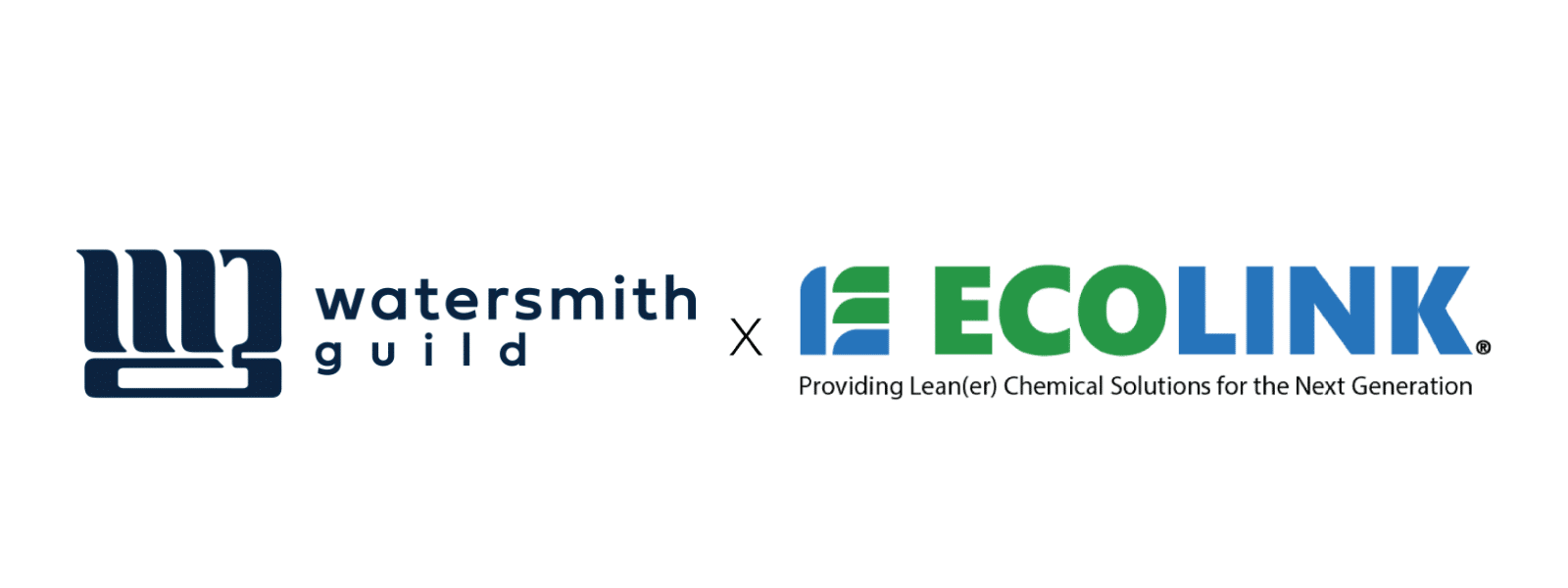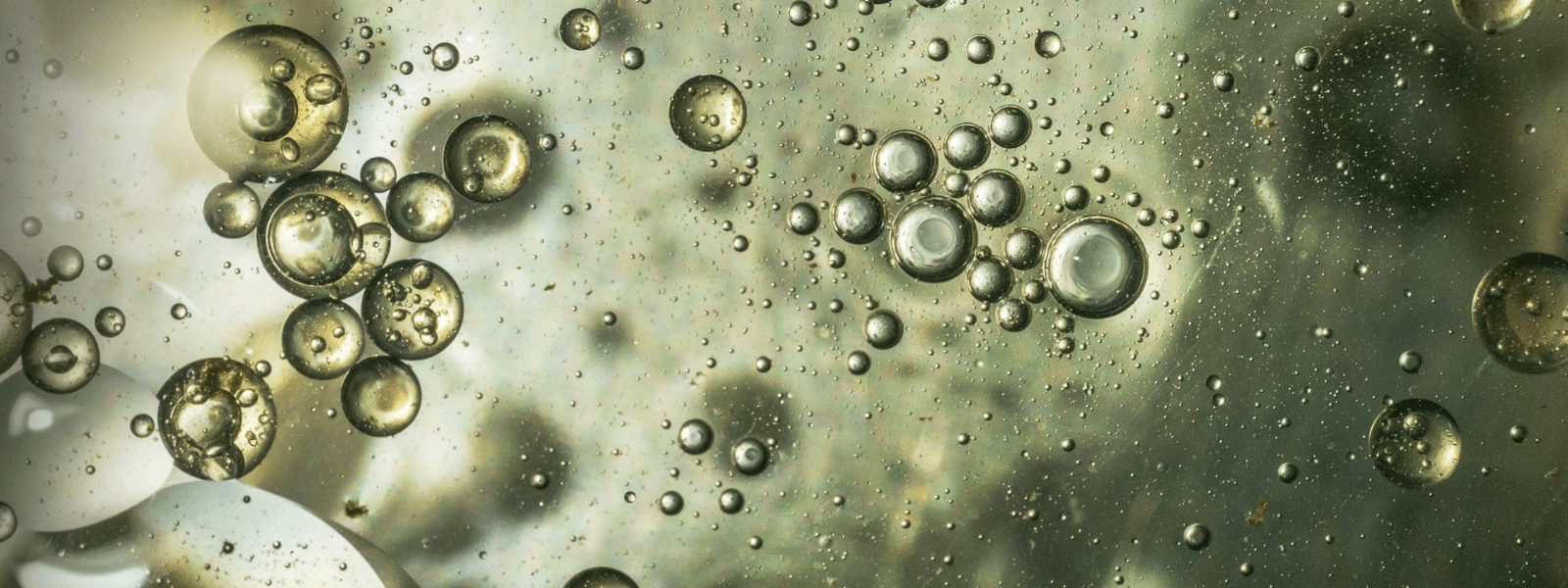The Air Quality Management District (AQMD) defines volatile organic compounds (VOCs) as the emission of harmful and destructive gases emanating from certain solids or liquids. VOCs include a variety of chemicals, most of which could have short-term, or even more serious long-term adverse health effects. VOC’s are a direct effect to the spike in air pollution, and they are even more harmful indoors. Concentrations of most VOCs are consistently higher indoors—sometimes up to ten times higher than the concentrated count outdoors.
The AQMD warns that several organic chemicals that cause harmful pollutants are widely used in the ingredients of household products. Paints, varnishes, and wax all contain organic solvents, as do numerous cleaning, disinfecting, and degreasing products. Most fuels consist of organic chemicals. All of the previously mentioned cleaning solvents and products release harmful organic compounds while you are using them, meaning you are likely oblivious to the fact that you are potentially hurting yourself by breathing in the chemicals and getting them on your skin.
The Environmental Protections Agency’s Office of Research and Development’s “Total Exposure Assessment Methodology (TEAM) Study” have discovered air pollutant levels of more than a dozen common organic pollutants to be two to five times greater inside a home than outside, regardless of the location of the area, or if it was in a rural, suburban, or urban locale. TEAM studies indicate that while people are using solvents and cleaning products containing organic chemicals, they are exposing themselves and anyone around them to inordinately high pollutant levels. In addition, elevated concentrations of these harmful chemicals will sustain in the air at least a day—often longer—after cleaning has been completed.
This is why the AQMD stresses individuals and companies that use degreasers, solvents, or any type of cleaning product to make sure low VOC products are being used, whether it is outdoors or indoors. Low VOC products are ecofriendly, and significantly reduce the harmful emission of chemicals in gas or liquid form that hurt and endanger every person, as well as our beloved planet. The AQMD insists that, if you do frequently use harmful solvents and cleaning products indoors, that you immediately consider a switch to low VOC products to significantly reduce the threat of danger to yourself and to the environment.
Ecolink offers a variety of air friendly cleaning products. Browse our products here.














